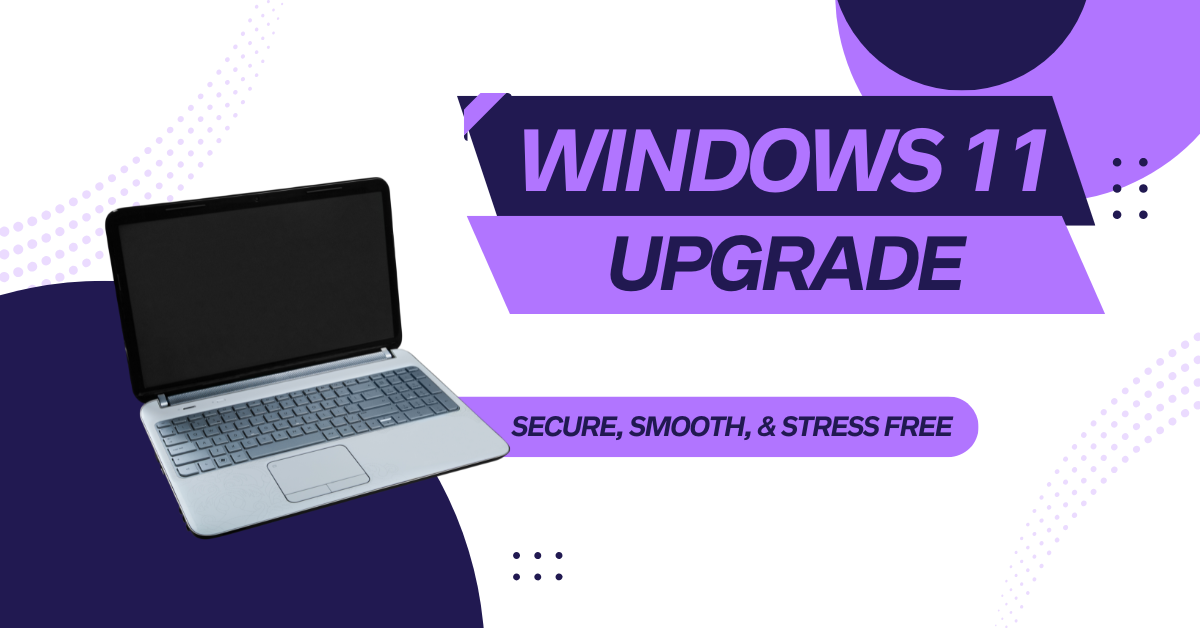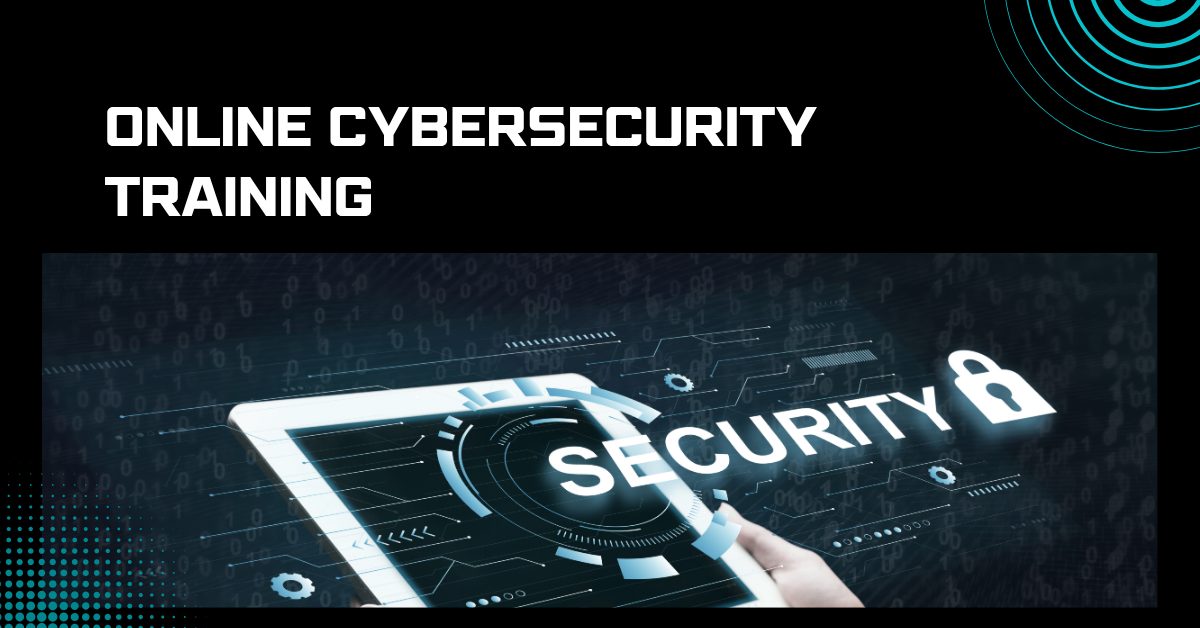Why Medium Businesses Can’t Overlook IT Infrastructure and Security
For medium-sized companies, technology is no longer just a support system — it’s the backbone of operations. Yet, managing IT infrastructure effectively while staying ahead of cyber threats remains one of the biggest challenges for this business tier. Unlike large enterprises with dedicated security teams, medium businesses often rely on smaller IT staff or outsourced support, which can leave gaps in protection.
Cybercriminals know this. They view medium organizations as high-value targets with limited defenses, making them prime candidates for ransomware attacks, phishing schemes, and data theft. At the same time, regulators and clients are holding businesses to higher standards of IT security.
This is why following a structured IT security best practices checklist is essential. By breaking security into manageable steps, owners and managers can identify weak points, strengthen defenses, and avoid costly surprises.
At Gallop Technology Group, we provide medium businesses with tailored solutions, including our Free Domain Security Check Up, managed cybersecurity services, and proactive IT support. These services help organizations not only find vulnerabilities but also prevent threats before they disrupt operations.
The IT Security Best Practices Checklist for Medium Businesses
Below is a practical framework that covers all the critical areas of IT — from hardware and networks to training and compliance — so your business stays resilient against evolving risks.
Hardware Assessment: Strengthening the Foundation
Reliable hardware is the first line of defense. Outdated or neglected equipment often creates vulnerabilities that hackers can exploit or that disrupt operations.
- Maintain a Full Asset List – Record every piece of hardware, including laptops, desktops, servers, routers, and mobile devices. Missing items create blind spots in your IT security checklist.
- Review Age and Performance – Devices past their prime may slow workflows and may no longer receive vendor updates, exposing them to unpatched threats.
- Check Capacity for Growth – Ensure storage and servers can scale with increasing business demands. Overloaded systems are prone to crashes.
- Plan for End-of-Life – Replace old devices on a schedule rather than waiting for them to fail. This reduces downtime and surprise expenses.
Example: A Scottsdale-based design agency experienced delays due to outdated storage servers. After upgrading to modern cloud-integrated storage, the firm reduced downtime and improved system security.
Software Assessment: Reducing Risks Through Updates and Control
Applications are vital to daily operations but can quickly become security liabilities if not managed correctly.
- List All Applications – Document every software tool used across the company, including those installed by employees without IT approval.
- Stay License Compliant – Verify licensing to avoid both legal and security risks, as pirated or outdated software can carry hidden malware.
- Apply Patches and Updates Regularly – Hackers often exploit old vulnerabilities. Updating software promptly is one of the simplest but most effective IT security measures.
- Evaluate Business Value – Retire redundant or ineffective tools. Simplifying your application stack reduces risk exposure.
Research shows that nearly 60% of breaches happen because systems weren’t patched. Making patch management part of your IT routine is a must-have best practice.
Network Assessment: Securing the Pathways of Communication
Your network is the circulatory system of your business. If compromised, attackers can intercept communications, access sensitive files, or cause downtime that halts productivity.
- Measure Performance – Track speed, bandwidth, and reliability to avoid bottlenecks that frustrate employees.
- Update Security Defenses – Firewalls, intrusion detection tools, and VPNs should be reviewed regularly to ensure they block unauthorized access.
- Secure Remote Connections – As hybrid work expands, protecting data transfer through encrypted VPNs is crucial.
- Document Clearly – Keep network diagrams current. This makes it easier to diagnose issues or respond quickly to suspicious activity.
Example: A Phoenix logistics company uncovered serious firewall misconfigurations during a network audit. After upgrading security appliances and tightening access rules, they saw a significant drop in intrusion attempts.
Data Management: Protecting the Core Asset
Data is often more valuable than physical equipment. Losing access to it — or failing to protect it — can cripple a medium business.
- Choose the Right Storage Model – Decide between cloud, on-premises, or hybrid setups depending on compliance needs, scalability, and cost.
- Implement Reliable Backups – Automate daily or weekly backups and test them frequently. An untested backup plan is essentially no plan at all.
- Align Retention with Regulations – Keep data only as long as necessary to meet laws like GDPR or HIPAA, avoiding legal risks.
- Plan for Growth – Monitor storage consumption to prepare for expansion before it becomes an urgent problem.
Businesses hit by ransomware often discover their backups were outdated or failed altogether. A resilient IT security checklist ensures this doesn’t happen.
Security Assessment: Testing and Strengthening Defenses
No checklist is complete without testing your defenses. Medium businesses can’t afford to assume their systems are safe — verification is essential.
- Review Security Policies – Ensure employees follow consistent rules on passwords, device use, and data handling.
- Conduct Vulnerability Scans – Use tools or third parties to simulate cyberattacks and uncover weaknesses.
- Tighten Access Controls – Deploy multi-factor authentication and role-based access. A stolen password should not equal full access.
- Align with Standards – Follow frameworks such as PCI DSS, HIPAA, or NIST depending on your industry.
Example: An Arizona healthcare group found staff were sharing single logins across multiple workstations. By switching to individual accounts and multi-factor authentication, they solved compliance issues and strengthened IT security.

Disaster Recovery and Business Continuity
A disaster recovery plan (DRP) ensures operations survive disruptions — whether it’s a cyberattack, natural disaster, or accidental deletion of files.
- Build a Documented Plan – Outline how to restore critical systems, step by step.
- Test It Regularly – A plan that never gets tested is unreliable. Run drills to confirm it works.
- Ensure Backup Accessibility – Store backups offsite or in the cloud to guarantee data restoration after emergencies.
The financial toll of downtime is staggering — with some estimates putting costs at over $5,000 per minute. Having a DRP isn’t optional; it’s survival.
Employee Training and Support
Even the most advanced IT security infrastructure can be undermined by human error. Employees need the tools and knowledge to act as a first line of defense.
- Provide Security Awareness Training – Teach staff how to spot phishing emails, avoid unsafe downloads, and practice strong password habits.
- Offer Reliable IT Support – Employees should have a clear channel to report issues or suspicious activity without delay.
- Encourage Continuous Learning – Update training programs as new threats and technologies emerge.
Phishing continues to be the most successful method of attack against medium businesses. Training staff to recognize and report suspicious emails is a cost-effective way to prevent breaches.
Regulatory Compliance: Meeting Standards and Building Trust
Compliance not only avoids fines but also reassures clients and partners that you take data protection seriously.
- Perform Regular Audits – Check compliance with standards that apply to your sector, whether financial, healthcare, or legal.
- Update Company Policies – Revise policies as laws evolve to keep your business protected.
- Use Compliance as a Trust Signal – Clients are more confident working with businesses that demonstrate secure data handling.
Protect Your Business with Gallop Technology Group
Following an IT security best practices checklist is a proactive way for medium businesses to secure their IT systems, protect sensitive data, and avoid downtime. By reviewing hardware, keeping software updated, monitoring networks, training employees, and aligning with compliance standards, businesses create a strong foundation for long-term success.
At Gallop Technology Group, we partner with medium businesses to strengthen IT infrastructure and protect digital assets. With our Free Domain Security Check Up, managed cybersecurity services, and ongoing IT support, we help business leaders stay ahead of threats while focusing on growth. Call us at 480-614-4227 today to secure your business and ensure smooth, worry-free operations.
Sources:







